Like a Dragon: Pirate Yakuza in Hawaii is an absurd name based on an absurd concept for an absurd character, which basically means it’s a perfect fit for the fan-favorite character Goro Majima. It’s a Gaiden title, meaning it’s a side story similar to Like a Dragon Gaiden: The Man Who Erased His Name, and it explores Majima’s vacation to Hawaii going awry. Instead of enjoying beaches and the sun, he ends up losing all of his memories about his past life as a Yakuza and everything that happened before Like a Dragon: Pirate Yakuza in Hawaii. The only rational answer when confronted with amnesia is to turn to piracy, and players can expect everything they love about Like a Dragon and Majima with a pirate backdrop and naval combat.
Naval combat is a new gameplay addition for Like a Dragon: Pirate Yakuza in Hawaii, but no true pirate game would be complete without it. When players get close to an enemy ship, a real-time cannon battle takes place. Players will need to damage the enemy ship and protect themselves, staying close to the enemy but staying out of the way of their cannons. Once enough damage is done, players will be able to board. Here, Like a Dragon: Pirate Yakuza in Hawaii‘s classic action combat (with new styles of course) comes into play as players battle the other captain and crew. Oh, and for good measure, players can discover hidden islands and loot too. If this sounds familiar, it’s probably because it’s the de facto pirate fantasy: simple, executable, and fun no matter what. It’s the same de facto pirate fantasy Skull and Bones should have fulfilled because it sounds just like Assassin’s Creed 4: Black Flag.
Assassin’s Creed 4: Black Flag Didn’t Bury Its Treasure, but Like a Dragon Found It
While each has its own flavor, it’s easy to see comparisons between Assassin’s Creed 4: Black Flag and Like a Dragon: Pirate Yakuza‘s naval combat. It’s simply a matter of “if it’s not broke, don’t fix it,” and it goes a long way in fulfilling the pirate fantasy of disabling a ship, boarding it, and taking out the crew (or letting them live, as you could in Black Flag). And it brings to mind what could have been for Skull and Bones.
This is not to say Skull and Bones isn’t something entirely its own, as Ubisoft has put a lot of work into bringing out the best of its seasonal model and its focus on ships, but it is still one of the easiest missed layups in gaming history. Skull and Bones development began sometime after Assassin’s Creed 4: Black Flag, which inspired Ubisoft to pursue a pirate IP without all the AC trappings. This isn’t the first time AC has led Ubisoft to pursue unique ideas, as Immortals Fenyx Rising was born out of Assassin’s Creed: Odyssey, but that idea went a long way in nailing that mythology fantasy. Skull and Bones, as it stands, doesn’t capture the pirate fantasy as much as it is just a ship fantasy.
Skull and Bones could have legitimately been a great pirate game by using the core pirate mechanics of Black Flag, but its shaky and long development cycle saw reboots, core changes, and other troubles, until it ended up being something largely foreign to Black Flag. There’s no point in beating the dead horse now, but it’s hard knowing the potential was there and Ubisoft just sailed on by. At the very least, Black Flag’s torch carries on.
Like a Dragon: Pirate Yakuza in Hawaii folds its pirate fantasy into a world loved by fans the world over, and sometimes if the follow-up isn’t as good as the original, you can go back to it. A decade later, Assassin’s Creed: Black Flag is still worth replaying for the pirate fantasy, even for non-Assassin’s Creed fans. Reports indicate that an Assassin’s Creed: Black Flag remake is even in the works, and that should modernize this eternal fantasy too.
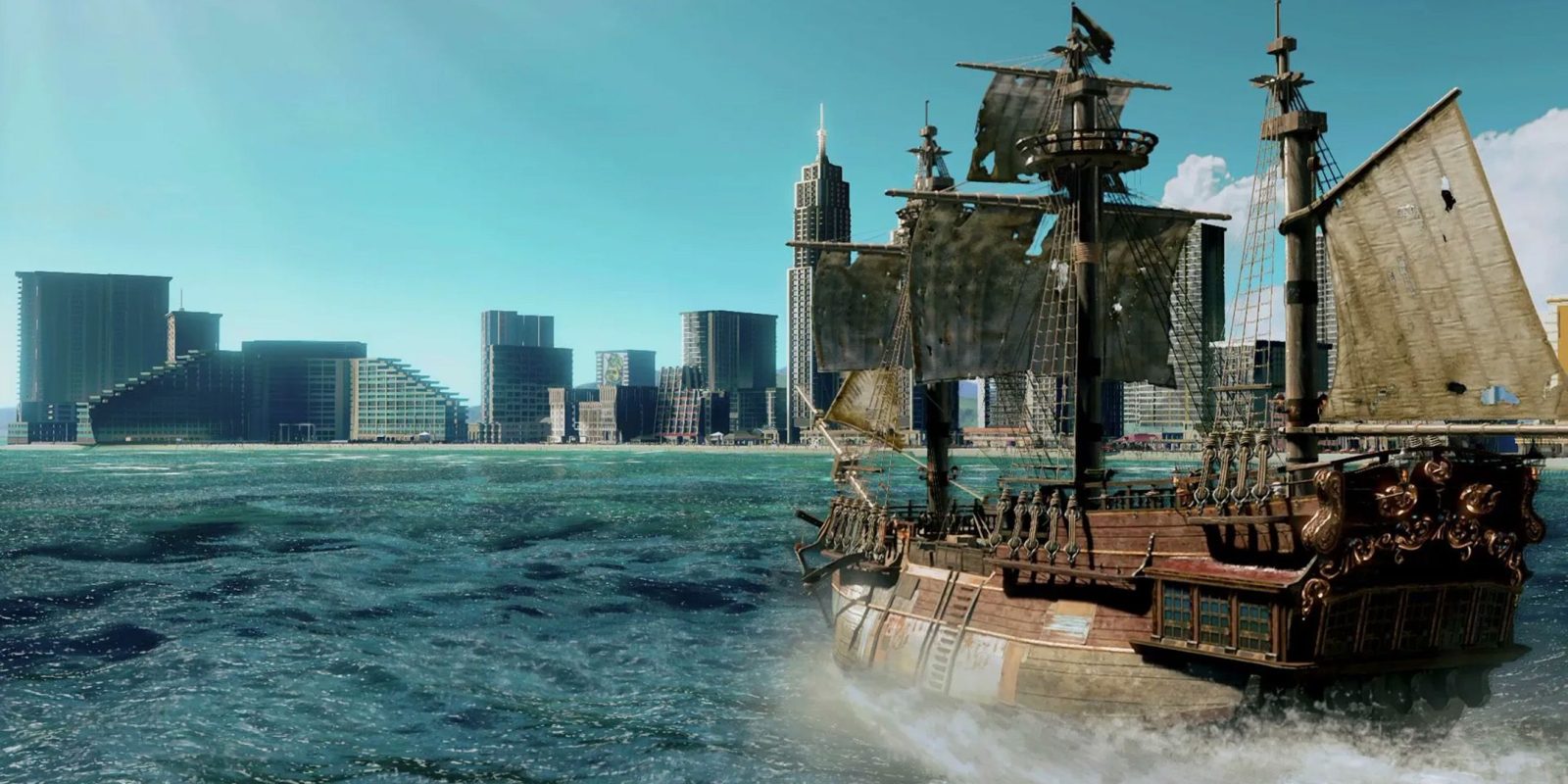
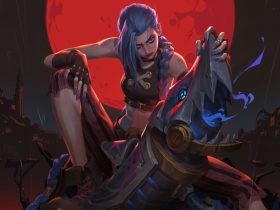
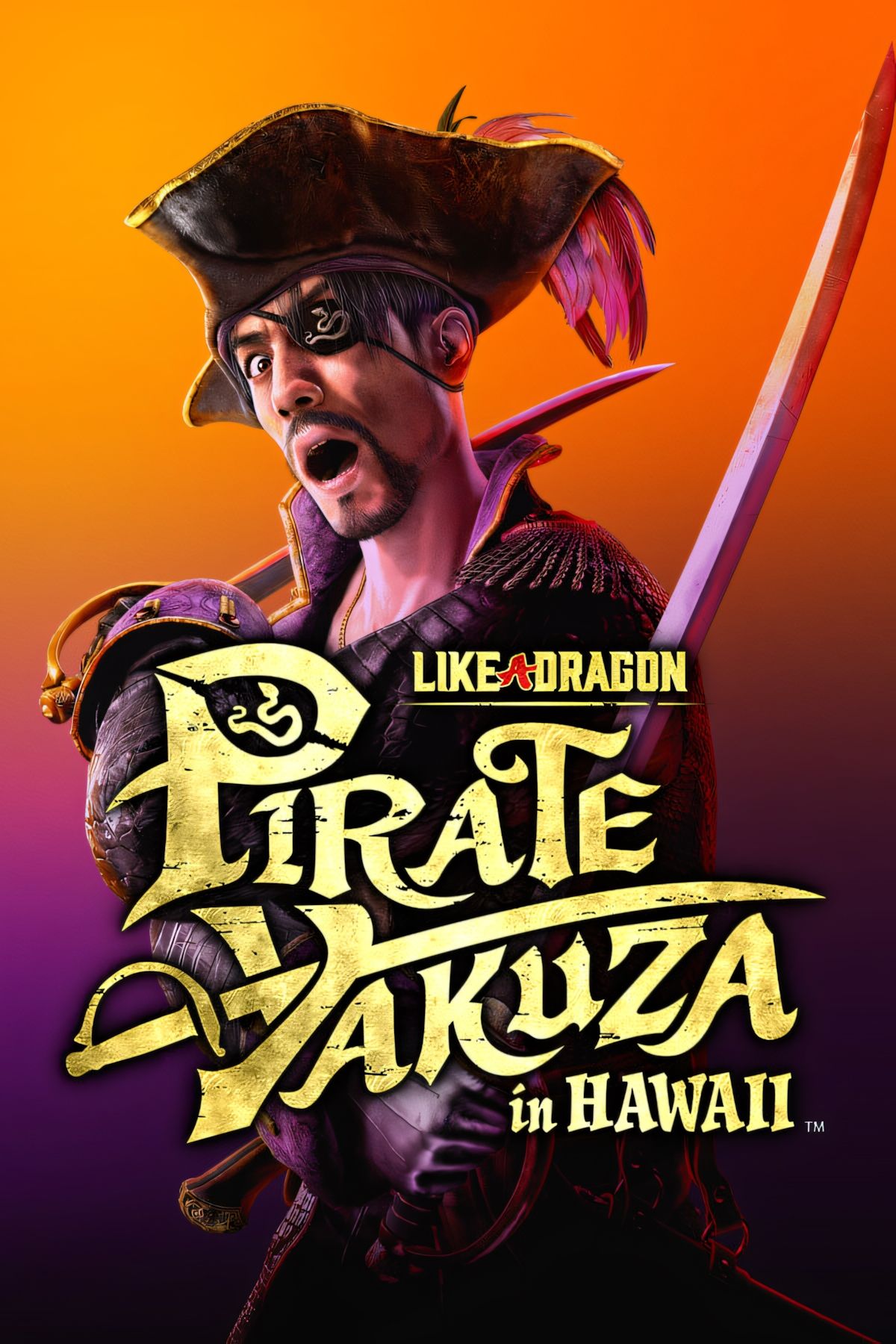


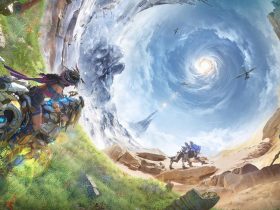
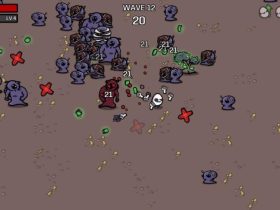



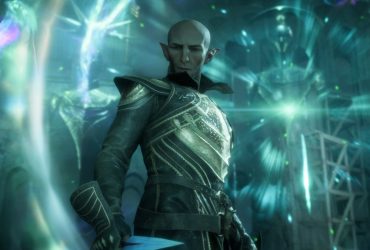

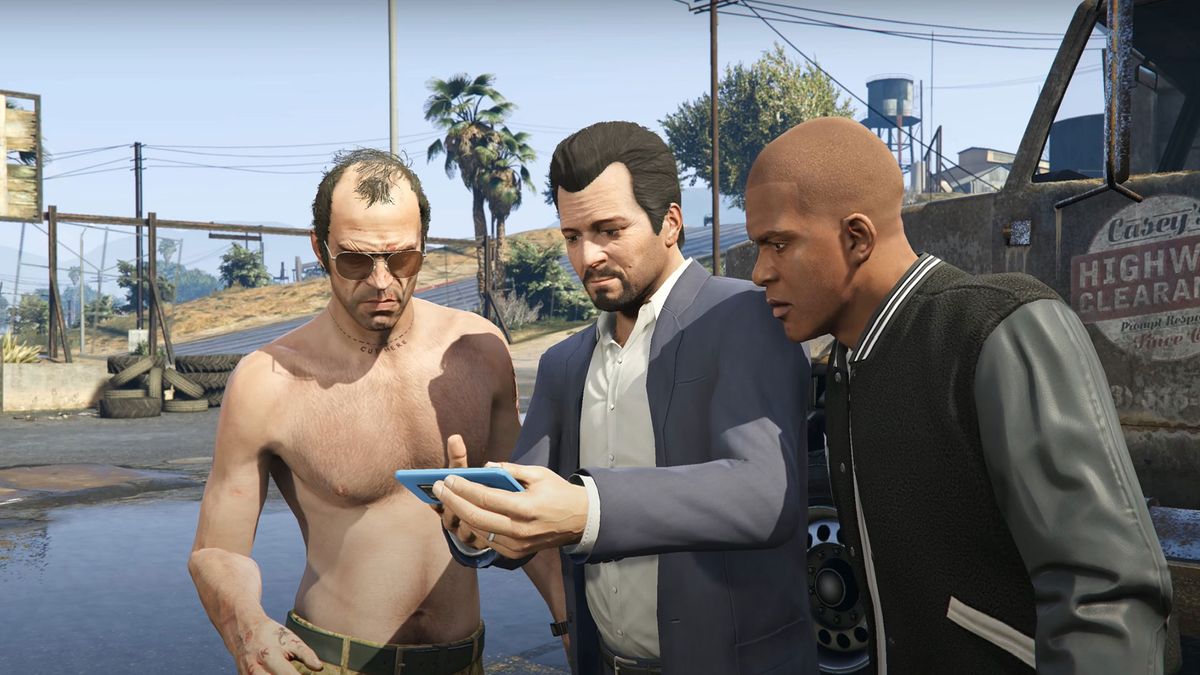
Leave a Reply